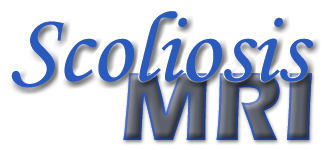Positional Generation of Clinical Symptoms
The recumbent image (15A) shows posterior disc protrusions at C5/6 and C6/7. Also, note the adequate CSF space anterior to the spinal cord The upright-flexion image (15C) shows draping of the spinal cord over the posteriorly protruding discs. Clinically this patient exhibited L’Hermitte’s sign in the upright-flexion position.
